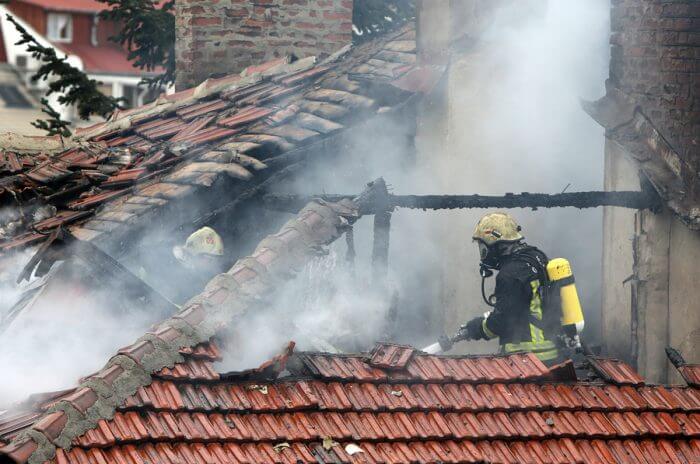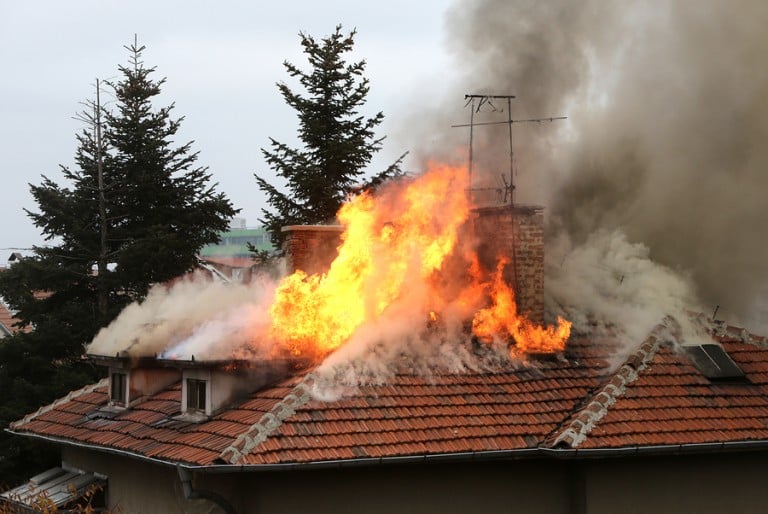
We all know that house fires happen, but a lot of us may think, “It’ll never happen to me.” Unfortunately, they can, and they might. While having an escape and fire safety plan may seem overcautious, it’s not. If your home catches on fire, having a sound evacuation route can mean the difference between losing a few possessions, or losing the ones you love.
Smoke alarms are paramount to alerting your household of danger. They provide the initial warning that you need to get out fast. You should replace your batteries every year, and a good time to do so is at daylight savings time every spring.
Basics for Every Escape Plan
1. Awareness
Everyone in your household, children in particular, must know the plan inside and out, and have escape routes for any area of the house.
2. Doors and Windows
Every room has two avenues for escape — for the most part. Everyone needs to understand the safest way to use each.
3. An Outside Meeting Place
Determine a meeting place that is a safe distance from the house. It could be a mailbox, tree or other landmark.
4. Help Those Who Can’t Help Themselves
Assign a family member to be in charge of infants or family members who have mobility issues.
5. Second-Floor Safety
Have safety ladders installed on second floor bedrooms and make sure everyone knows how to use them in case of an emergency.
6. Call for Help
Make sure that everyone knows to call 9-1-1 once they reach safety.
The most important step is to make sure that everyone is prepared for the real thing. Installing ladders and smoke alarms is one thing, but they mean very little if they aren’t effective during a crisis.
For more fire safety tips, call the Aardvark Air chimney experts at [.CALL.] today.




